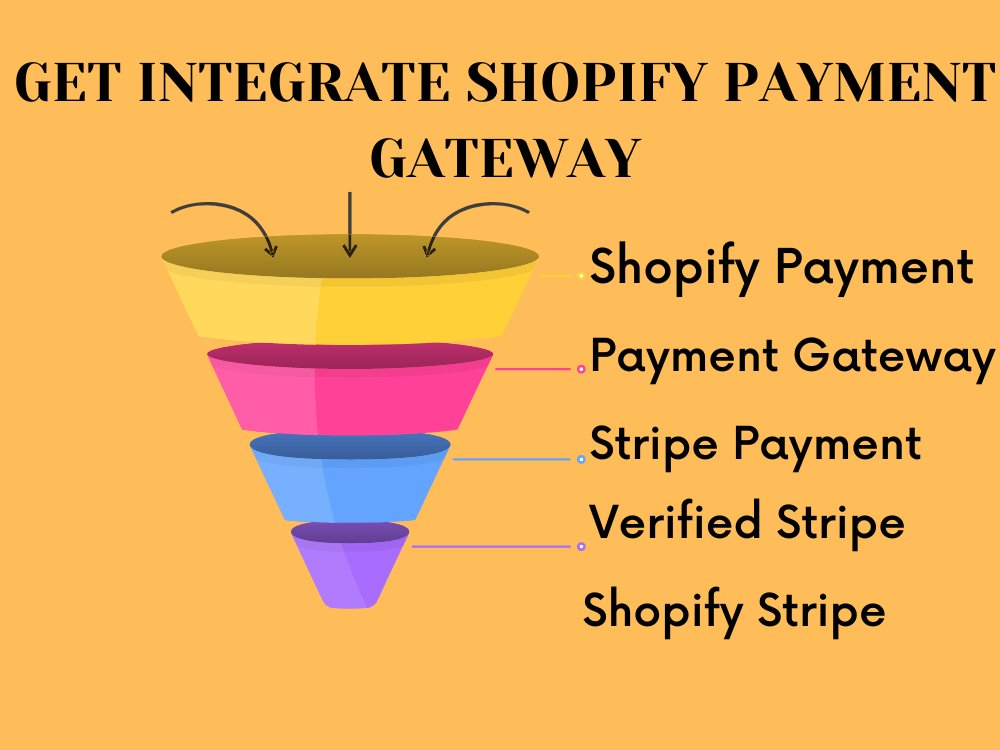n today’s digital economy, having a reliable payment gateway is crucial for any website looking to monetize its offerings. Whether you’re selling products, services, or subscriptions online, a payment gateway facilitates secure transactions, builds customer trust, and ensures smooth financial operations. In this guide, we’ll delve into the essentials of obtaining and integrating a payment gateway for your website.
What is a Payment Gateway?
A payment gateway is a technology service that authorizes credit card and other payment transactions between a website and a payment processor. It encrypts sensitive information, such as credit card numbers, to ensure secure transactions. Essentially, it acts as the intermediary that enables online transactions to occur seamlessly.
Choosing the Right Payment Gateway Provider
 Factors to Consider
Factors to Consider
When selecting a payment gateway provider, several factors come into play:
- Integration Ease: Ensure the gateway integrates smoothly with your website platform (e.g., Shopify, WordPress).
- Security Measures: Look for PCI DSS compliance and data encryption to protect sensitive customer information.
- Transaction Fees: Compare fees, including setup costs, transaction rates, and any additional charges.
- Accepted Payment Methods: Check which credit cards and alternative payment methods (e.g., PayPal, Apple Pay) the gateway supports.
- Geographic Coverage: Consider where your customers are located and ensure the gateway supports transactions in those regions.
Steps to Get a Payment Gateway
Step 1: Understand Your Business Needs
Before choosing a payment gateway, assess your business requirements. Consider factors such as transaction volume, average transaction size, and expected growth. This understanding will help you choose a provider that aligns with your specific needs.
Step 2: Research and Compare Providers
Research different payment gateway providers based on the factors mentioned earlier. Read reviews, check customer testimonials, and evaluate each provider’s reputation for reliability and customer support.
Step 3: Apply for a Merchant Account (if required)
Some payment gateway providers require you to have a merchant account to process payments. This account acts as an intermediary where funds are held before being deposited into your business bank account. The application process typically involves providing business details, financial information, and sometimes a credit check.
Step 4: Integrate the Payment Gateway
Once you’ve chosen a provider and set up your merchant account (if needed), it’s time to integrate the payment gateway into your website. Most providers offer detailed integration guides and support to help you through this process. Depending on your website platform, integration can range from simple plugin installations to custom API integrations.
Step 5: Test Transactions
Before going live, conduct thorough testing to ensure everything functions correctly. Test various scenarios, such as successful transactions, failed transactions, and refunds, to ensure your customers have a smooth experience.
Step 6: Go Live
Once testing is complete and you’re confident in the setup, you can officially launch your payment gateway. Monitor transactions closely initially to catch any issues early on and ensure seamless operation.
Best Practices for Payment Gateway Integration
- Optimize Checkout Experience: Simplify the checkout process to minimize abandoned carts.
- Ensure Mobile Compatibility: With the rise of mobile commerce, ensure your payment gateway is mobile-friendly.
- Stay Updated on Security: Regularly update your gateway software and adhere to security best practices to protect customer data.
- Monitor Performance: Keep track of transaction success rates, processing times, and customer feedback to identify areas for improvement.
Conclusion
Integrating a payment gateway into your website is a pivotal step towards establishing a robust online presence. By understanding your needs, choosing the right provider, and following best practices, you can streamline transactions, enhance security, and ultimately improve customer satisfaction. Start your journey today towards a seamless payment experience for your customers.
By following these steps and considerations, you can confidently navigate the process of obtaining and integrating a payment gateway into your website. Whether you’re an e-commerce store, a service provider, or a content platform, a reliable payment gateway is essential for facilitating transactions and fostering trust with your customers



